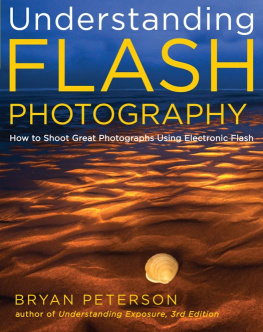
ALSO EDITED BY JOSEPH J. DAROWSKI
The Ages of the Justice League: Essays on Americas Greatest Superheroes in Changing Times (2017)
The Ages of the Incredible Hulk: Essays on the Green Goliath in Changing Times (2016)
The Ages of Iron Man: Essays on the Armored Avenger in Changing Times (2015)
The Ages of Wonder Woman: Essays on the Amazon Princess in Changing Times (2014)
The Ages of the X-Men: Essays on the Children of the Atom in Changing Times (2014)
The Ages of the Avengers: Essays on the Earths Mightiest Heroes in Changing Times (2014)
The Ages of Superman: Essays on the Man of Steel in Changing Times (2012)
The Ages of The Flash
Essays on the Fastest Man Alive
Edited by JOSEPH J. DAROWSKI

McFarland & Company, Inc., Publishers
Jefferson, North Carolina
LIBRARY OF CONGRESS CATALOGUING DATA ARE AVAILABLE
BRITISH LIBRARY CATALOGUING DATA ARE AVAILABLE
e-ISBN: 978-1-4766-3566-8
2019 Joseph J. Darowski. All rights reserved
No part of this book may be reproduced or transmitted in any form or by any means, electronic or mechanical, including photocopying or recording, or by any information storage and retrieval system, without permission in writing from the publisher.
Front cover illustration 2019 Digital Vision
McFarland & Company, Inc., Publishers
Box 611, Jefferson, North Carolina 28640
www.mcfarlandpub.com
To Kateyou always loved The Flash
Preface
There is a simple elegance to the very concept of the Flash. For a new reader encountering the Flash, everything is instantly accessible and understandable. The Flash is fast. No further explanation needed. This is not always the case in the popular American superhero genre. Superman has an incredible, constantly expanding number of powers, Batman has an endless array of gadgets, and Wonder Woman has ambiguously multi-faceted powers. But the Flash is a uni-tasker. He is simply fast. As comic book writer Mark Waid notes, the Flash is the genres first specialty superhero (6). Hes not super strong, he cant fly, he doesnt teleport, and he cant survive the vacuum of space. Hes just very, very fast.
That simplicity serves particularly well when looking at the long-term history of the character. Though the Flash has had different men behind the mask in different eras, the core conceit of the character is consistent. Combine that with an iconic scarlet costume and add some lightning bolts that denote speed, and the character is easily comprehended, even by audiences who are not well-versed in comic book lore and history. Anyone can quickly grasp the nature of the Flash in a way that is not as intuitive with characters such as Martian Manhunter or Captain Marvel (any of the characters who have gone by that name).
The Flash first appeared in Flash Comics #1 in a story which was written by Gardner Fox and drawn by Harry Lampert. Flash Comics was an anthology title that also featured the adventures of other characters in every issue. It was published by All-American Publications, a company that would eventually merge with other publishers to form DC Comics. This original version of the Flash was Jay Garrick, a college student who studies science and plays for the school football team. The Flashs first appearance had a cover date of January 1940, and the character continued to appear for almost a decade. During the 1940s, the Flash also appeared in All-Flash Comics, which was the first comic book dedicated solely to the Flashs crime-fighting adventures. Jay Garricks Flash also made appearances in anthology titles such as Comics Cavalcade and All-Star Comics, and was a member of the first superhero team, The Justice Society of America. While superhero comic books were very popular during World War II, following the war, fan interest waned as consumer interests turned to other genres and avenues of entertainment. Flash Comics was canceled near the end of the decade, and its final issue, #104, had a cover date of February 1949.
Less than a decade later, due to many issues affecting the comic book industry, an attempt to revive the popularity of the superhero genre was launched. Launching an era that has come to be called the Silver Age of comics, DC editor Julius Schwartz decided to bring the Flash back. Rather than reintroduce Jay Garrick to new readers, this version of the Flash would be Barry Allen, a police scientist who gains powers when a lightning bolt strikes a shelf of chemicals near his work station. This version of the Flash was created by writer Robert Kanigher and artist Carmine Infantino and first appeared in Showcase #4 (Oct. 1956). Barry Allen would gain a pseudo-sidekick, Wally West, who went by the superhero identity of Kid Flash, in 1959s The Flash #110. West was created by writer John Broome and artist Carmine Infantino.
In 1986 DC Comics published the massive crossover comic event called Crisis on Infinite Earths, and as part of the series, Barry Allen died. Wally West took over the mantle of the Flash at that point. Similar to Wally West acting as a sidekick to Barry Allen, a new young speedster named Bart Allen was introduced in 1994. Bart Allen, co-created by writer Mark Waid and artist Mike Wieringo, goes by the name Impulse initially before adopting Wests original codename, Kid Flash. In 20052006 DC Comics published a new crossover mini-series, Infinite Crisis, which saw Wally West disappear into another dimension. At this point, Bart Allen became the newest man to be the official Flash, though his tenure was the shortest of all. Soon, Wally West would return, and then Barry Allen was resurrected. As seems inevitable with decades-long narrative universes, the Flashs continuity has become a bit convoluted and complex. Undoubtedly more changes will come in the future, perhaps even a fifth man or woman behind the mask of the Flash. Jay Garrick, Barry Allen, Wally West, and Bart Allen have all had differing personalities, impact, and defining storylines in DC Comics. But each was the Fastest Man Alive.
In this essay collection, scholars examine versions of the Flash from across many decades of the characters comic book adventures. While the Flash has had appearances in cartoon series such as Challenge of the Superfriends or Justice League, two different live action television series adapting his adventures, many appearances in DCs straight-to-DVD animated films, and a live-action film appearance in Justice League, these essays are limited in scope to the comic book appearances of the Fastest Man Alive. With almost eight decades of material in the Flashs comic book history, there is more material to analyze than is possible to cover in this single collection. As future fans and scholars explore the Flashs long history, this collection can serve as a stepping stone to even greater understanding of one of the comic book industrys most iconic characters.
The Golden Age of comic books saw the introduction of many iconic characters, as well as some less-famous creations. Cathy Leogrande examines Flash comic book adventures from the Golden Age, but she does not focus her analysis on the titular character. Rather, Politically Incorrect Humor: Examining the Three Dimwits Through a Disability Studies Lens considers three side characters who appeared somewhat frequently in the early Flash comics, but much less frequently in subsequent eras. Winky, Noddy, and Blinky were clearly modeled on The Three Stooges, popular comedic characters who first appeared on film in 1934. Winky, Noddy, and Blinkys misadventures drove the plot of many Flash comic books in the 1940s. Leogrande acknowledges the era in which these characters were created and the social norms that found them inoffensive at the time, but also explores the problematic aspects of these characters reflective of modern disability studies.
Next page
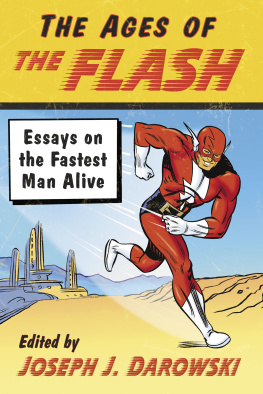
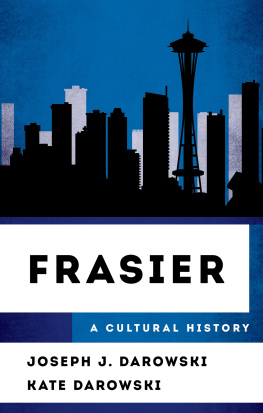



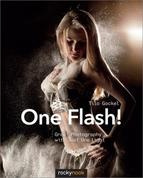
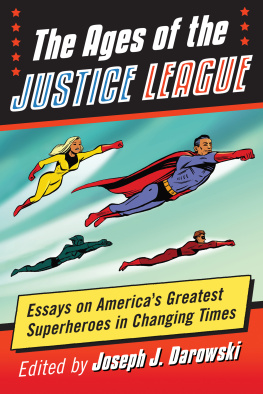
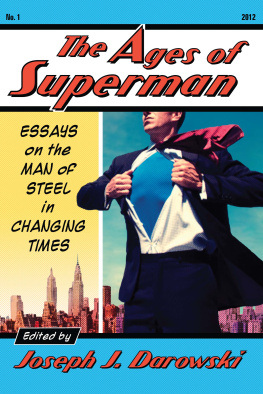
![Emanuele Feronato [Emanuele Feronato] - Flash Game Development by Example](/uploads/posts/book/120345/thumbs/emanuele-feronato-emanuele-feronato-flash-game.jpg)

